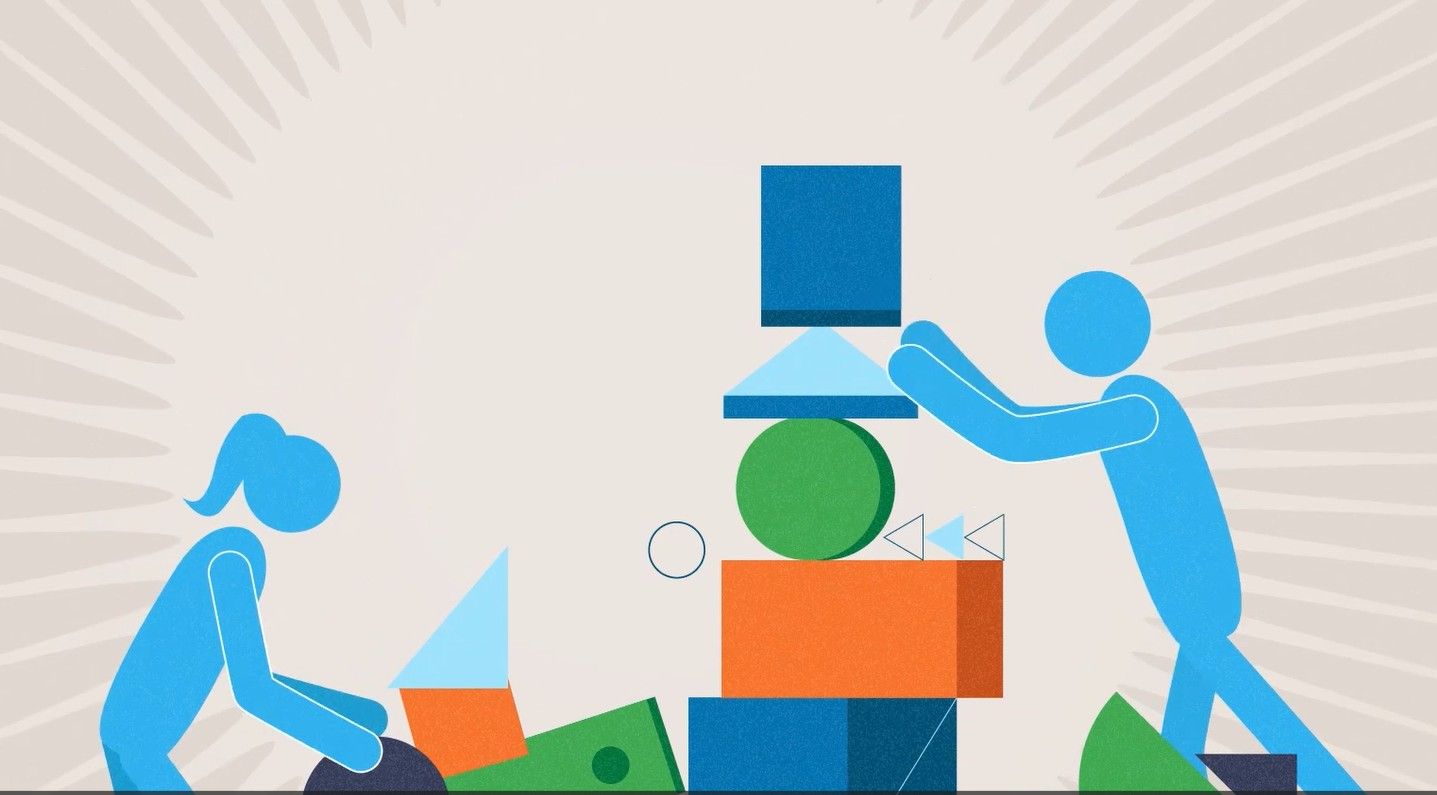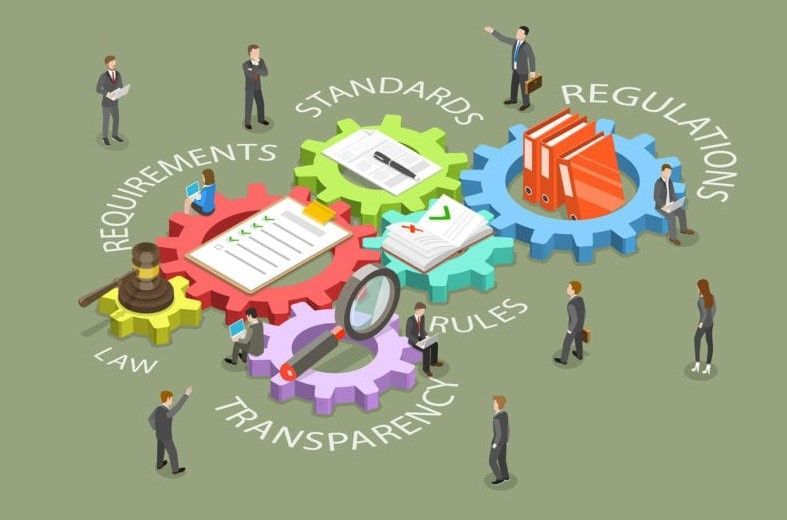Ready to Win with FOCIS
August 14, 2025
2012 FOCIS Contest
Contest
Ready to win with FOCIS
College football recruiting, commercial real estate, contract
manufacturing: Our winners know how to prepare to win.
By Phil Krone, President
Competing is a way of life in business and, many would say, in the business of life. But what makes winners? Is it . . .
Self-confidence?
“One important key to success is self-confidence. An important key to self-confidence is preparation.”
–Tennis great Arthur Ashe
Luck?
“Luck is where opportunity meets preparation.”
–Actor Denzel Washington
Sheer will?
“Everybody has the will to win. What’s far more important is having the will to prepare to win.”
–Basketball Coach Bobby Knight
You get the picture. While winning is often attributed to a single, almost magical ingredient-luck, self-confidence, even will-the “magic” comes from something much more mundane: making sure you’re ready to win. Yet how many business developers still rush into a sales call with little or no preparation?
Last year, winners of the 2012 FOCIS Contest certainly didn’t. They prepared according to techniques taught in our popular consultative selling course, FOCIS
Contest certainly didn’t. They prepared according to techniques taught in our popular consultative selling course, FOCIS .
.
FOCIS tackles the gridiron-and wins!
tackles the gridiron-and wins!
$500 First Prize:
Adam Cushing, Northwestern University
Football
Three months ago Northwestern University
made school football history by winning the Gator Bowl, its first bowl victory since 1949. Surprisingly, months before that, the FOCIS process had played a role. Here’s how.
process had played a role. Here’s how.
When he took FOCIS , offensive line coach Adam Cushing was already a skilled recruiter of top high-school football players. But like every top producer he is always after a competitive edge. FOCIS
, offensive line coach Adam Cushing was already a skilled recruiter of top high-school football players. But like every top producer he is always after a competitive edge. FOCIS provided that edge by supporting his recruiting efforts generally, but especially with one outstanding offensive line prospect.
provided that edge by supporting his recruiting efforts generally, but especially with one outstanding offensive line prospect.
Cushing knew that the road to recruiting this player would be difficult: “His coach had informed us that [another] school was substantially in the lead.”
Using classic FOCIS questioning, Cushing discovered the player’s objectives. For instance, he wanted to “play for a coaching staff he respects, [get significant] playing time, and return to his high school as a teacher and coach,” Cushing said. Head Coach Pat Fitzgerald inspired “instant credibility” and respect. He had played at the same school he was now coaching and had his own on-field success as a player.
questioning, Cushing discovered the player’s objectives. For instance, he wanted to “play for a coaching staff he respects, [get significant] playing time, and return to his high school as a teacher and coach,” Cushing said. Head Coach Pat Fitzgerald inspired “instant credibility” and respect. He had played at the same school he was now coaching and had his own on-field success as a player.
Ambitions to play in the NFL were also important. Significant college playing time would be crucial. Because several senior offensive linemen were graduating, Cushing explained to the player, he would have ample opportunity to prove himself to gain more playing time earlier in his career.
Coach Cushing discovered two key challenges: “First, family seeing him play in games was very important, so location would definitely be a factor.” The second challenge was the player’s need for structure, a personal insight he communicated to Cushing: “He is most successful in all aspects of his life when in a structured environment with like-minded individuals.” The NU program offers that type of environment.
The FOCIS “wall of implication,”
Cushing explained, “surrounded this player with reasons to attend our university.” That NU was near his hometown, for example, would make it much easier for his family to see him play.
“wall of implication,”
Cushing explained, “surrounded this player with reasons to attend our university.” That NU was near his hometown, for example, would make it much easier for his family to see him play.
The outcome was that the player started 13 games for the Wildcats as a “true” freshman, which is “very rare in the Big Ten,” Cushing said.
“FOCIS definitely made a large difference,” Cushing reported. “Rather than feeling pressured, he felt very comfortable. I believe the patience involved with FOCIS
definitely made a large difference,” Cushing reported. “Rather than feeling pressured, he felt very comfortable. I believe the patience involved with FOCIS -gaining permission to close-ultimately made the difference.”
-gaining permission to close-ultimately made the difference.”
Two FOCIS discovery sessions, one big deal
discovery sessions, one big deal
Second Prize $300:
Avison Young, Avison Young Commercial
Real Estate
Two rounds of FOCIS discovery
serving two different purposes garnered commercial real estate firm Avison Young the national real estate management account for a major supplier of material handling equipment with forty locations across 14 states.
discovery
serving two different purposes garnered commercial real estate firm Avison Young the national real estate management account for a major supplier of material handling equipment with forty locations across 14 states.
How did it work? The first round of discovery got Avison Young broker advisors in the door. The second round got them the deal.
Before the first session, the Avison Young team of Mike Fonda and Hugh Williams developed challenge questions customized to this prospect. Experienced real estate professionals, the team had a good idea of the real estate issues the company faced and structured the questions accordingly. That initial discovery session resulted in an invitation to present a proposal.
The proposal, which reported the “fruits of discovery”
from the first round of questions, followed the FOCIS format. The format is highly efficient in that it can be used to do initial discovery, make a presentation, and develop a final proposal.
format. The format is highly efficient in that it can be used to do initial discovery, make a presentation, and develop a final proposal.
Avison Young determined that the prospect’s objectives were to:
- Create an overall corporate real estate strategy
- Reduce real estate operating costs
- Increase efficiency in managing real estate.
Key hurdles to reaching those objectives included:
- Evaluating strategically the company’s real estate component
- Closing the gap between a landlord’s value opinion for leased buildings and the company’s
- Reducing the time key executives spend on researching and negotiating leases
- Monitoring critical lease dates and better understanding lease clauses.
The Avison Young real estate professionals also helped the prospect see important implications if the company did not achieve its goals.
Because the company didn’t have the necessary level of real estate evaluation expertise in-house, executives would struggle to develop an overall corporate real estate strategy, possibly even failing. A clear solution would be a trusted, expert advisor to take on the complex evaluation process. That would also save the company’s executives substantial time.
Missing critical dates spelled out in the leases could lead to unnecessary costs totaling between $250,000 and $300,000 annually. Professional expertise would interpret and stay on top of key dates, saving the company perhaps $1 million over four to five years.
Ultimately, Avison Young built a compelling case using FOCIS -and won the business.
-and won the business.
30% more business from focusing on FOCIS
Third Prize $200:
Mike Wilson, ASSEM-tech Manufacturing
One year ago Mike Wilson was frustrated. As CEO of ASSEM-tech, he was getting opportunities to sell his company’s contract manufacturing and integrated assembly services. The problem was that he wasn’t winning nearly as many as he knew he should be.
A longtime reader of our monthly sales and marketing column-five years long, in fact-he clearly received value from our suggestions and advice. But then one column struck especially close to home.
Reading the column was like looking in a mirror, he told us, reflecting behaviors he knew were holding him back. He suddenly realized that building consultative selling skills and creating a structured, customized sales process might just be the keys to developing more business and closing more deals.
Wilson was soon taking
our consultative selling course, FOCIS , and saw results even before he completed all four sessions. Longer meetings, prospect compliments on his preparation, and more commitments from prospects that moved the process forward-these were just some of the benefits Wilson experienced. He was developing a structure that kept him focused during calls.
, and saw results even before he completed all four sessions. Longer meetings, prospect compliments on his preparation, and more commitments from prospects that moved the process forward-these were just some of the benefits Wilson experienced. He was developing a structure that kept him focused during calls.
For example, one prospect spoke with Wilson for two hours-much longer than Wilson’s meetings before FOCIS. The prospect told him: “I’m really impressed. I’ve never had a supplier prepare notes for one of my meetings or actually give me homework. I can see that ASSEM-tech is going to be our preferred harness supplier.”
The “homework” comprised seven separate follow-up pieces of information the prospect committed to gathering so Wilson could structure the most effective solution. Wilson also told us he believed he had a “real shot” at “taking business I quoted despite the fact that [a competitor] had already submitted samples.”
By last year’s third quarter, he had booked 30 percent more business for 2013 than for 2012. Said Wilson: “This structure you’ve come up with really works!”
Would you like to book more business in 2013 than you did in 2012? Just give us a call at 847-446-0008. Maybe we can help
The post Ready to Win with FOCIS appeared first on Productive Strategies, Inc..










